Schedule a Call Back
10 ways robotics are disrupting the shipbuilding industry
 Articles
Articles- Jun 01,20

Related Stories
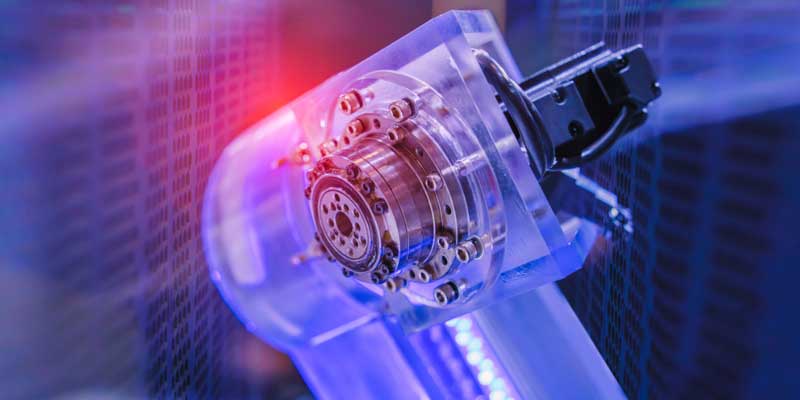
Increasing automation drives servo motors demand
The market for servo motors was significantly influenced by the growing use of automation across a number of industries, including manufacturing, automotive, electronics, and packaging, says Adroit ..
Read more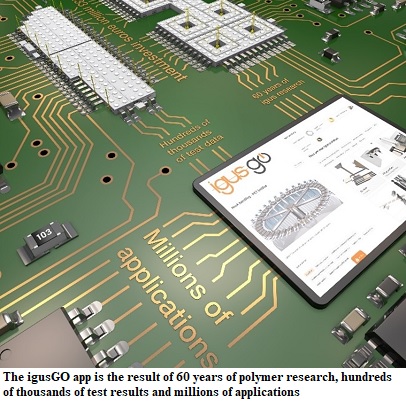
Igus to invest in 247 new motion plastics products in 2024
The German firm, which recorded Euro 1.136 billion turnover in 2023, increased its customer base by 6.7 per cent.
Read moreAddverb introduces a trio of revolutionary robots Trakr, Heal and Syncro
Addverb enters healthcare robotics sector with the introduction of Heal
Read moreRelated Products
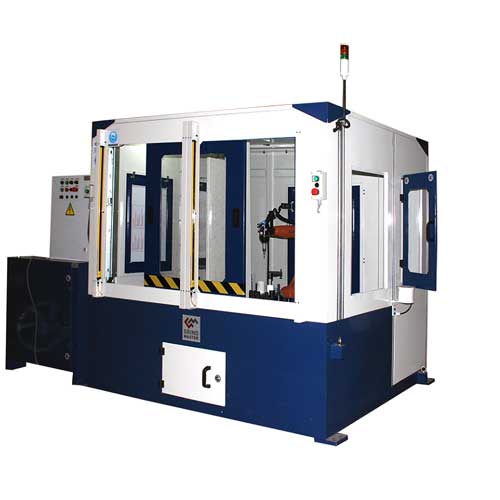
Robotic Deflashing of Aluminium Casting
Grind Master Robotic Deflashing Machine is an advanced and most reliable machine for Aluminium components. Robotic deflashing is a revolutionary technology developed by Grind Master Machines Pvt Lt Read more
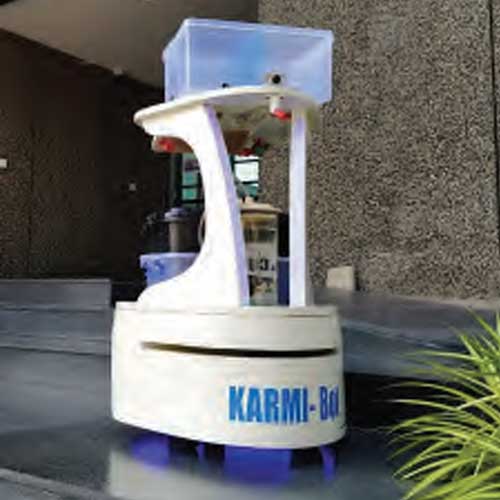
Karmi Bot
Asimov Robotics offers a wide range of Karmi Bot.
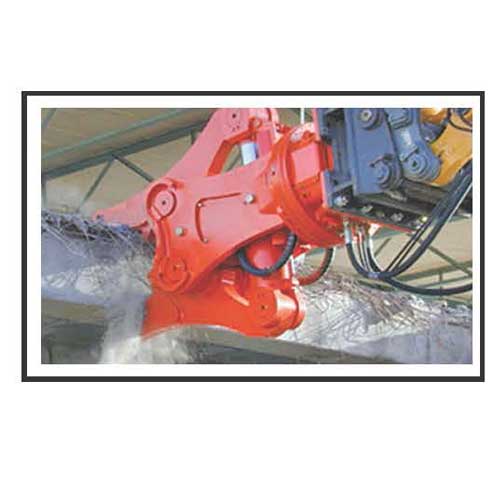
Ductbot Compact Robotic Inspection System
Robosoft Systems offers a wide range of compact DuctBot robotic inspection systems. Read more













